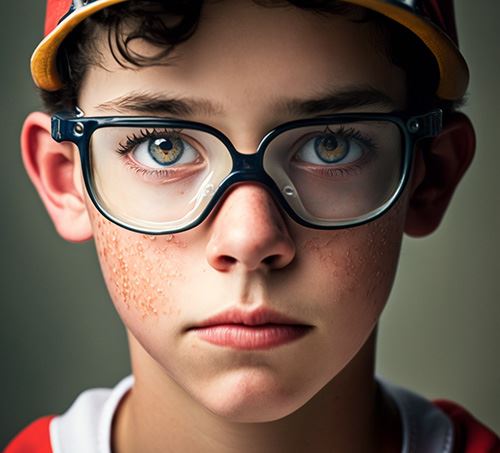Sunday, January 1, 2023
 Amblyopia can result from any condition that prevents one of the eyes from focusing (seeing as clearly) as the other eye. Conditions such as misalignment of the eyes (strabismus), esotropia, exotropia, a cataract, or when one eye is more nearsighted, more farsighted or has more astigmatism than the other eye.
Posted by lyndajohnson at 1/1/2023 9:08:00 PM
Thursday, December 1, 2022
 Can Glasses After a Traumatic Brain Injury Help? The numbers of people affected each year in United States by a traumatic brain injury (TBI) is staggering – approximately two million people annually. The most common causes of a traumatic brain injury include automobile accidents, sports injuries, and falls. However, symptoms of a traumatic brain injury are experienced by patients who have a cerebrovascular accident (stroke), cerebral palsy, multiple sclerosis, and those who take prescription medications. Sadly, approximately 10 to 25 percent of traumatic brain injury patients continue to have significant post-concussive symptoms one year following the date of injury.
Posted by lyndajohnson at 12/1/2022 8:53:00 PM
Tuesday, November 1, 2022
 Many people wonder why the concern and conversation about 3D movies and gaming devices. After all, we see three-dimensional objects in real life.
Posted by lyndajohnson at 11/1/2022 8:39:00 PM
Monday, October 3, 2022
 Athlete Vision Assessment: Let's begin by talking about what a sports vision assessment is not. It is not a routine, annual eye exam with the eye doctor...even if the eye doctor says they “specialize in sports vision.” A routine, annual eye examination tests static visual acuity which may, or may not, result in a prescription for glasses or contact lenses and evaluates overall eye health.
Posted by lyndajohnson at 10/3/2022 4:27:00 PM
|